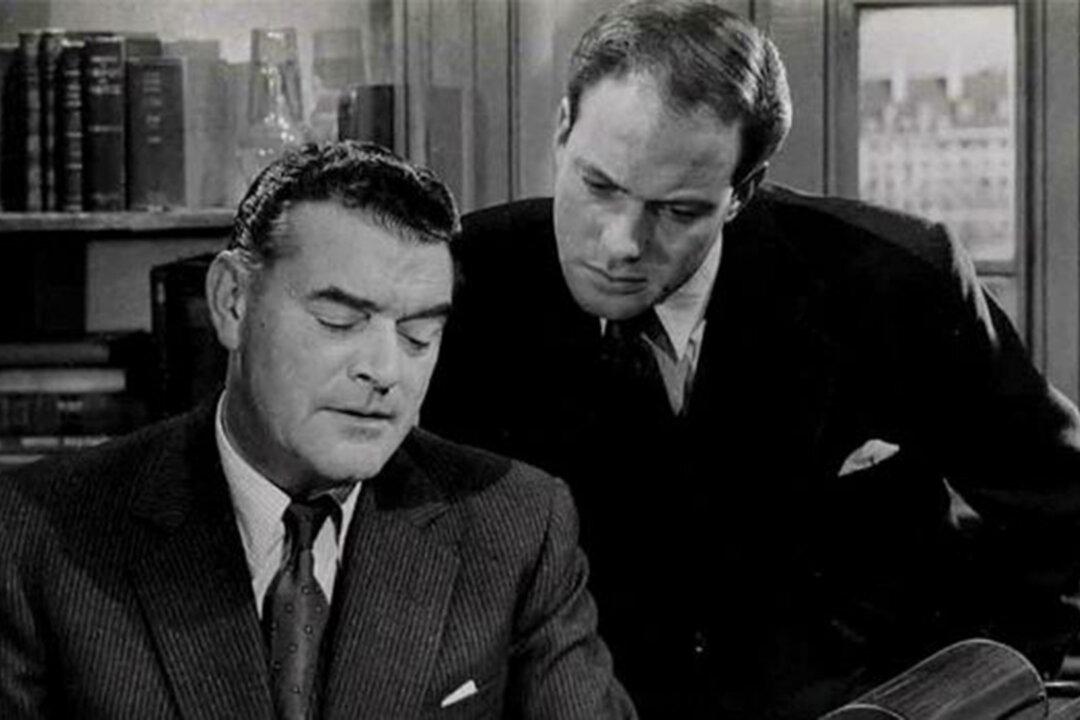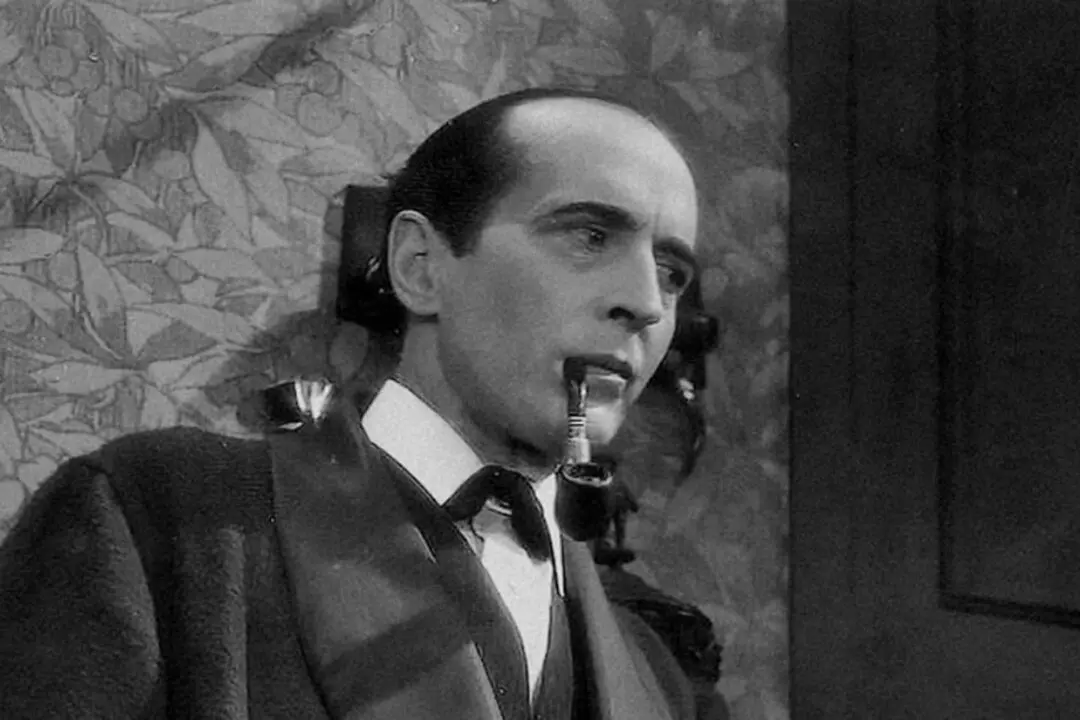NR | 1h 36m | Crime, Drama, Mystery | 1957
When it comes to crime dramas that focus on police procedurals, the British have mastered the subgenre. They use subtlety and ever-twisting narratives; their stories leave opportunities for speculation, since you never quite know who the perpetrator is until the climactic third act.






